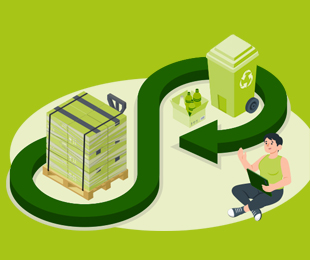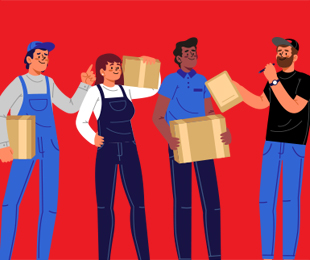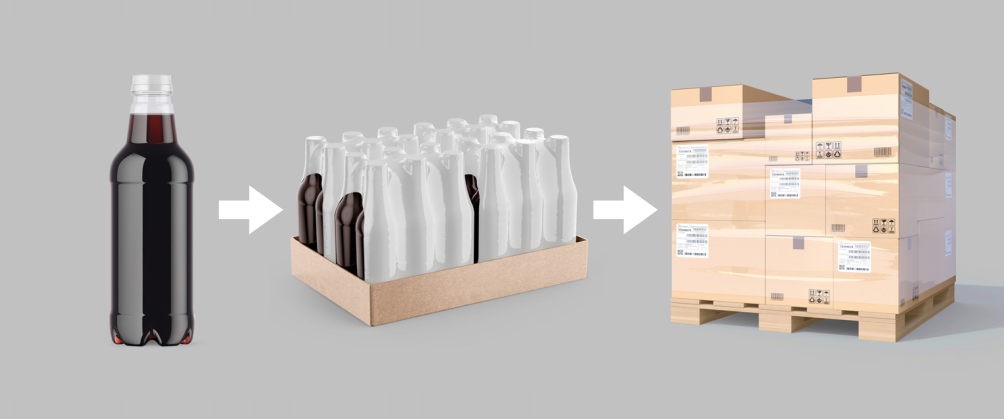
Primary, secondary and tertiary packaging: What’s the difference?
Each level of packaging serves a specific purpose. It’s important to be able to distinguish among the three levels, because each is intended for different packaging scenarios.
Do you know how to distinguish between primary, secondary and tertiary packaging?
Unless you work in the packaging industry, you probably aren’t sure about the differences between the various levels of packaging, and this is normal.
However, if your company packages products, then it’s important to be able to distinguish among these levels of packaging, as each level is appropriate for different types of products. The various levels serve different purposes and are not all intended for the same users or consumers. Regardless of the type of packaging involved, it’s important to find the right balance among the various levels of packaging to ensure that your products are effectively preserved and protected.
The following is a brief overview of all three types of packaging, which together typically form a complete packaging line.
PRIMARY PACKAGING
Primary packaging is the packaging in direct contact with the product itself and is sometimes referred to as a consumer unit. The main purpose of primary packaging is to contain, protect and/or preserve the finished product, particularly against contamination. This is the first layer containing the finished product, such as a plastic pouch holding whole-grain cereal or the cardboard box containing the pouch of cereal. This type of packaging is often intended for the end user or consumer. In addition to making it easier for consumers to handle products, it makes the products look more appealing and can be used for communication purposes to convey printed information about the products to consumers.
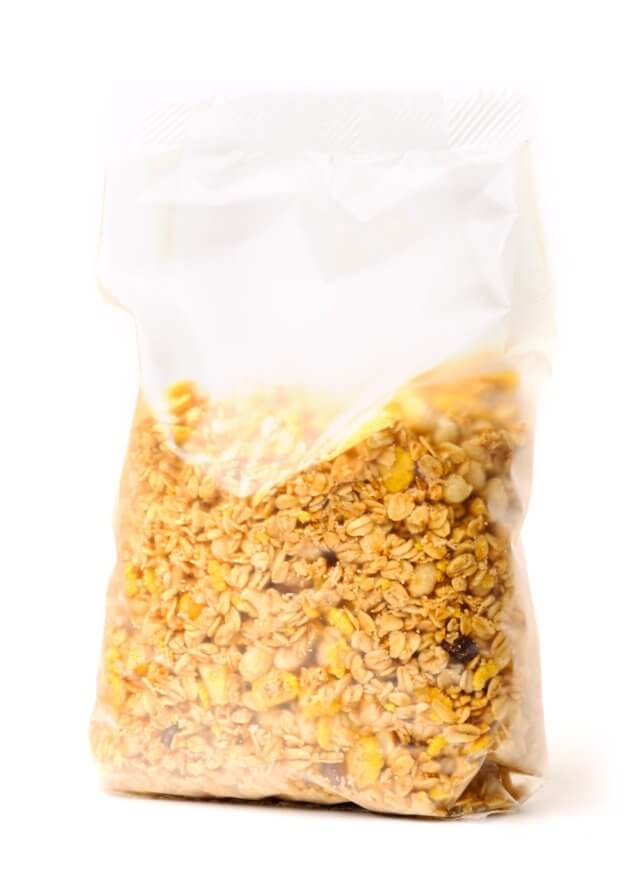 |
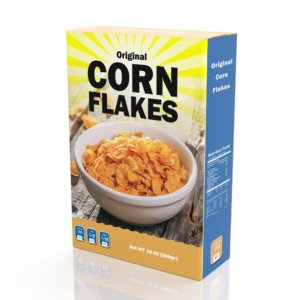 |
SECONDARY PACKAGING
This type of packaging is used outside of primary packaging to group a certain number of products to create a stock-keeping unit, commonly referred to as a SKU. It facilitates the handling of smaller products by collating them into a single pack. This type of packaging also provides supplementary protection to help maintain the integrity of the primary packaging. In addition, it can serve as a shipping container for small shipments, making it highly useful in e-commerce. Secondary packaging is frequently made up of multiple components (box, padding, separators, reinforcements, bags, paper, etc.). It may also be customized to make a product easily identifiable in the warehouse setting. In the case of cereal, for example, the secondary packaging would be the corrugated cardboard box containing multiple individual boxes of cereal.
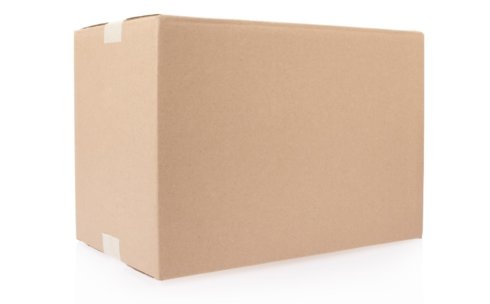
TERTIARY PACKAGING
Often also referred to as bulk or transit packaging, this type of packaging is used to group larger quantities of SKUs to transport them from point A to point B (e.g. from production facility to point of sale). During this stage, products are handled as distribution units. This type of packaging makes it easier to transport large and/or heavy loads safely and securely. In addition to helping prevent damage, it consequently facilitates the handling, storage and transport of goods. An example of tertiary packaging is a stretch-wrapped pallet containing a quantity of cardboard boxes (secondary packaging) to enable efficient product shipping.
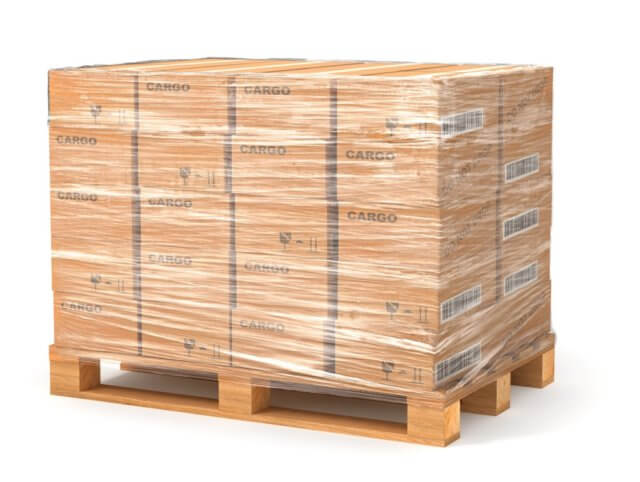
At CARTIER, we specialize in secondary and tertiary packaging. Do you have questions, or would you like to talk to someone about your packaging challenges? Contact us today to speak with our experts!
The Cartier team also suggests
Products
Categories: Écoresponsabilité, Products
PCR or how to reuse and perform with CARTIER!
Les marques qui choisissent le PCR contribuent à fortement réduire les déchets dans les décharges. Eh oui: opter pour le PCR, c’est diminuer l’extraction de matière première naturelle non renouvelable, et donc amoindrir l’impact sur les écosystèmes.
Products
Categories: Products
Do you really know your packaging boxes?
How about learning more about the corrugated cardboard that makes up the famous boxes? You may be surprised by this material that you thought was easy and free of any certification.
Products
Categories: Products
CARTIER your partner for Shipathon!
Whether you’re a distributor or a retailer, take advantage of our game strategy to establish a flawless game plan and beat your competitors to the punch!

